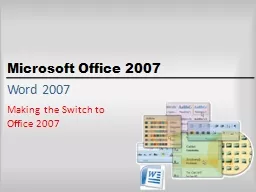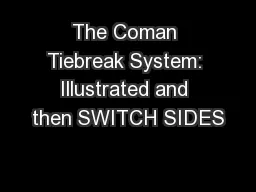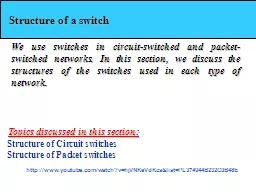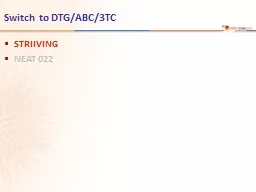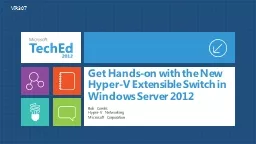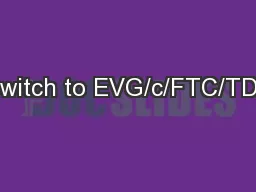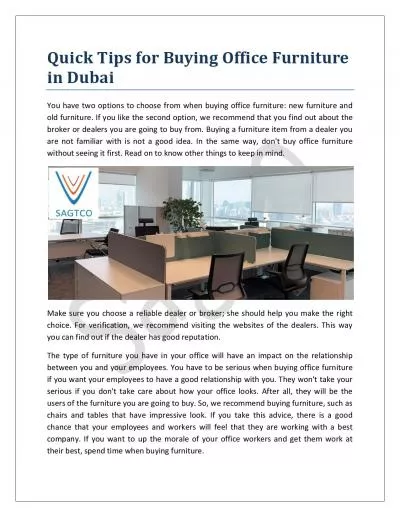PPT-Word 2007 Making the Switch to Office 2007
Author : celsa-spraggs | Published Date : 2019-06-22
Micro Office 2007 Making the switch to Office 2007 can be exceedingly disorienting like coming home and finding out that not only has all your furniture been rearranged
Presentation Embed Code
Download Presentation
Download Presentation The PPT/PDF document "Word 2007 Making the Switch to Office 20..." is the property of its rightful owner. Permission is granted to download and print the materials on this website for personal, non-commercial use only, and to display it on your personal computer provided you do not modify the materials and that you retain all copyright notices contained in the materials. By downloading content from our website, you accept the terms of this agreement.
Word 2007 Making the Switch to Office 2007: Transcript
Download Rules Of Document
"Word 2007 Making the Switch to Office 2007"The content belongs to its owner. You may download and print it for personal use, without modification, and keep all copyright notices. By downloading, you agree to these terms.
Related Documents

